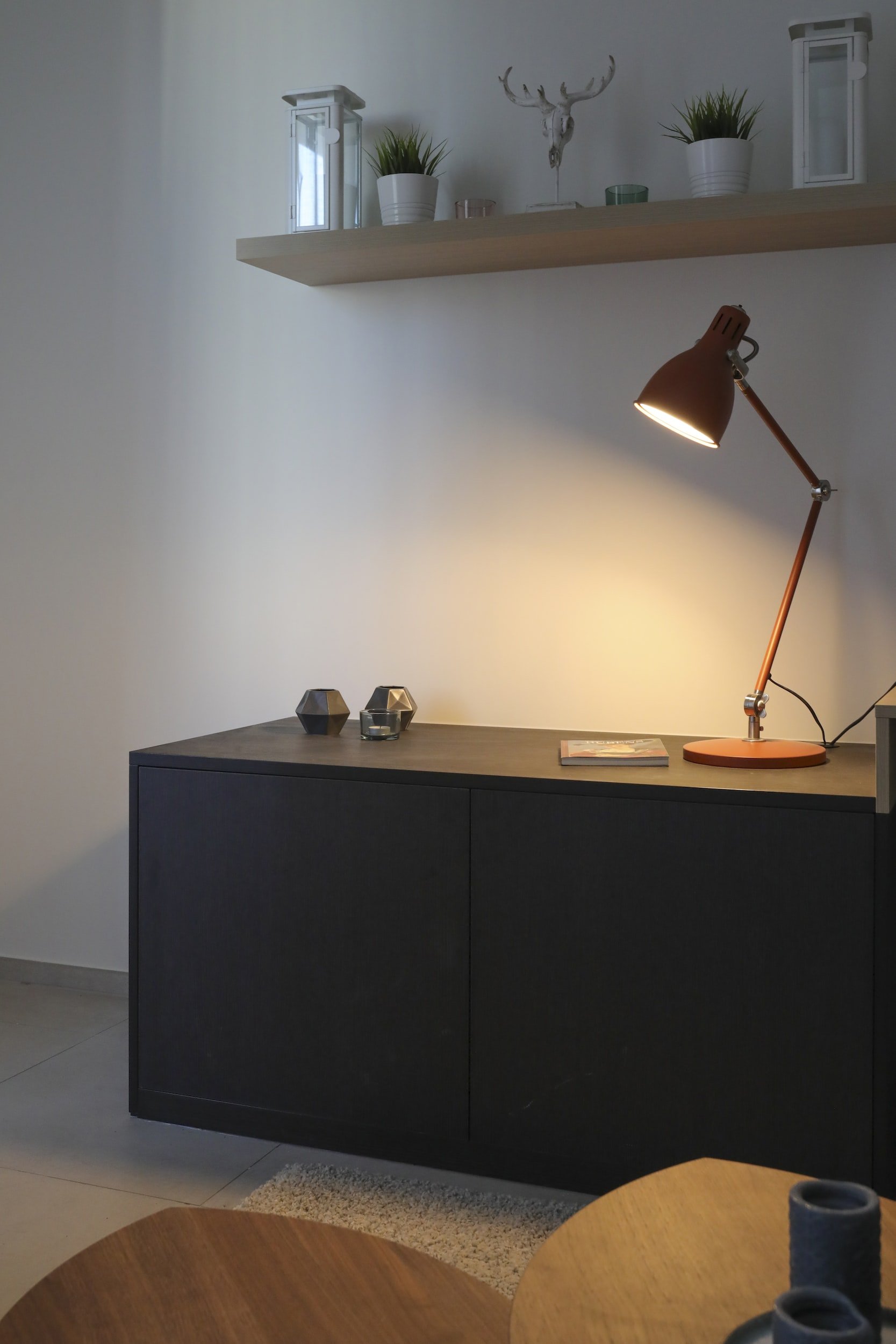How can circadian rhythm impact your mental health?
“Humans are diurnal, meaning they are innately prone to wakefulness during the day and sleepiness at night.”
For humans, being diurnal means being awake and active during the day and sleeping at night, following the natural cycle of light and dark in a 24-hour period. This is considered the typical sleep pattern for most people, although there are also individuals who exhibit non-diurnal sleep patterns, such as shift workers or people with sleep disorders, the circadian rhythm affects us all.
Lighting, vision, and mental health impact each component. Proper light exposure can have several positive impacts on human health.
It's important to note that the type, intensity, and duration of light exposure can greatly impact its effect on human health, and excessive exposure to bright light can have negative consequences such as eyestrain and disrupted sleep patterns.
Light, vision, and health are all connected.
10 ways that proper light can positively impact your mental health
Regulates circadian rhythm: Proper light exposure can help regulate the circadian rhythm, which controls the sleep-wake cycle, mood, and hormone levels.
Boosts mood: Exposure to bright light, especially in the morning, can help improve mood and reduce symptoms of depression and seasonal affective disorder (SAD).
Improves sleep quality: Light exposure during the day can help regulate the sleep-wake cycle, leading to improved sleep quality and duration at night.
Increases alertness: Bright light exposure can increase alertness, reduce fatigue and improve cognitive performance, especially during the day.
Reduces stress and anxiety: Proper light exposure can help reduce stress and anxiety by regulating the circadian rhythm and improving sleep quality.
Enhances creativity and productivity: Bright light exposure during the day can increase focus and productivity, and enhance creativity.
Increases energy levels: Bright light exposure can increase energy levels, especially in the morning, helping to start the day with more vitality.
Supports overall well-being: Proper light exposure can improve overall well-being by regulating the sleep-wake cycle, boosting mood, and reducing stress and anxiety.
Helps combat Seasonal Affective Disorder (SAD): Bright light exposure can help reduce symptoms of Seasonal Affective Disorder (SAD), a type of depression that occurs during the winter months when natural light is limited.
Promotes relaxation: Proper light exposure can promote relaxation and reduce stress by regulating the circadian rhythm and improving sleep quality.
Syncing your sleep patterns with your circadian rhythm involves adopting habits and practices that align with your body's natural sleep-wake cycle. Here are some tips to help you sync your sleep patterns with your circadian rhythm:
Establish a Consistent Sleep Schedule
Try to go to bed and wake up at the same time every day, even on weekends. Consistency helps regulate your body's internal clock and improves the quality of your sleep.
Create a Relaxing Bedtime Routine
Develop a pre-sleep routine that helps signal your body that it's time to wind down. Activities like reading a book, taking a warm bath, or practicing relaxation techniques can prepare your mind and body for sleep.
Limit Exposure to Artificial Light at Night
Reduce your exposure to bright screens (e.g., smartphones, tablets, computers) at least an hour before bedtime. Artificial light can suppress the production of the sleep hormone melatonin, making it harder to fall asleep.
Increase Exposure to Natural Light During the Day
Get outside and expose yourself to natural sunlight during the day, especially in the morning. Natural light helps regulate your circadian rhythm and promotes alertness during the day and better sleep at night.
Create a Sleep-Friendly Environment
This one is one of my favorites and it simply makes your bedroom conducive to sleep by keeping it cool, dark, and quiet. Invest in blackout curtains, earplugs, or a white noise machine if necessary. One of the best discoveries after having my baby girl is the invention of white noise machines. Before becoming a mom I slept well without a white noise machine but after using one with my daughter, I realized I was missing out on quality sleep. Consider one.
Another way to create a sleep-friendly environment is to keep work and stress out of the bedroom. Easier said than done, however by avoiding bringing work-related materials or stress-inducing items into your bedroom. This helps reinforce the idea that your bedroom is a space for relaxation and sleep.
Be Patient and Persistent
It may take some time for your body to adjust to a new sleep-wake schedule. Be patient and consistent with your efforts to sync your sleep patterns with your circadian rhythm.
By following these tips and maintaining a consistent sleep routine, you can improve the synchronization of your sleep patterns with your circadian rhythm, leading to better sleep and overall well-being. If you continue to experience sleep difficulties, consider consulting a healthcare professional or a sleep specialist for personalized guidance.









